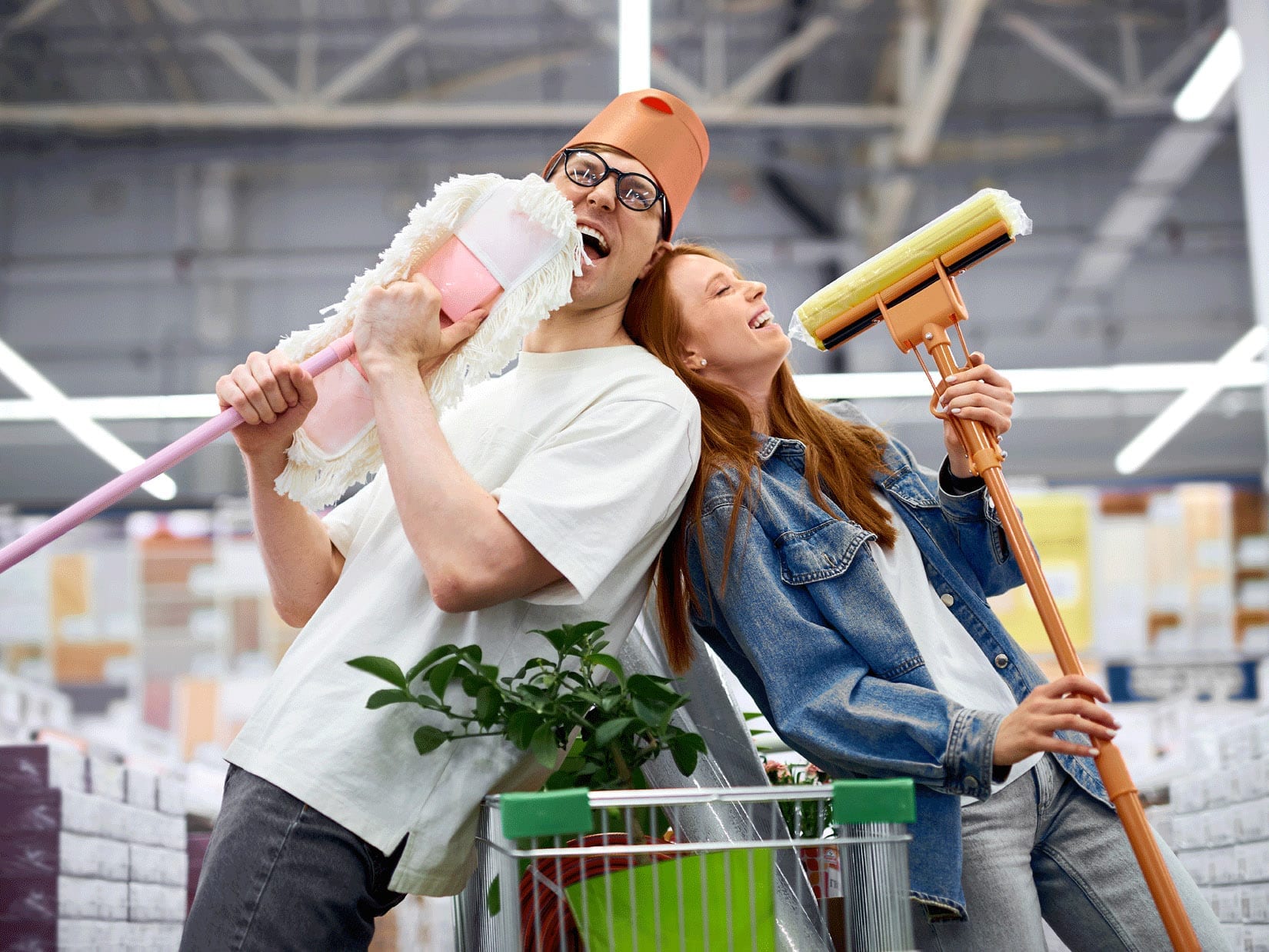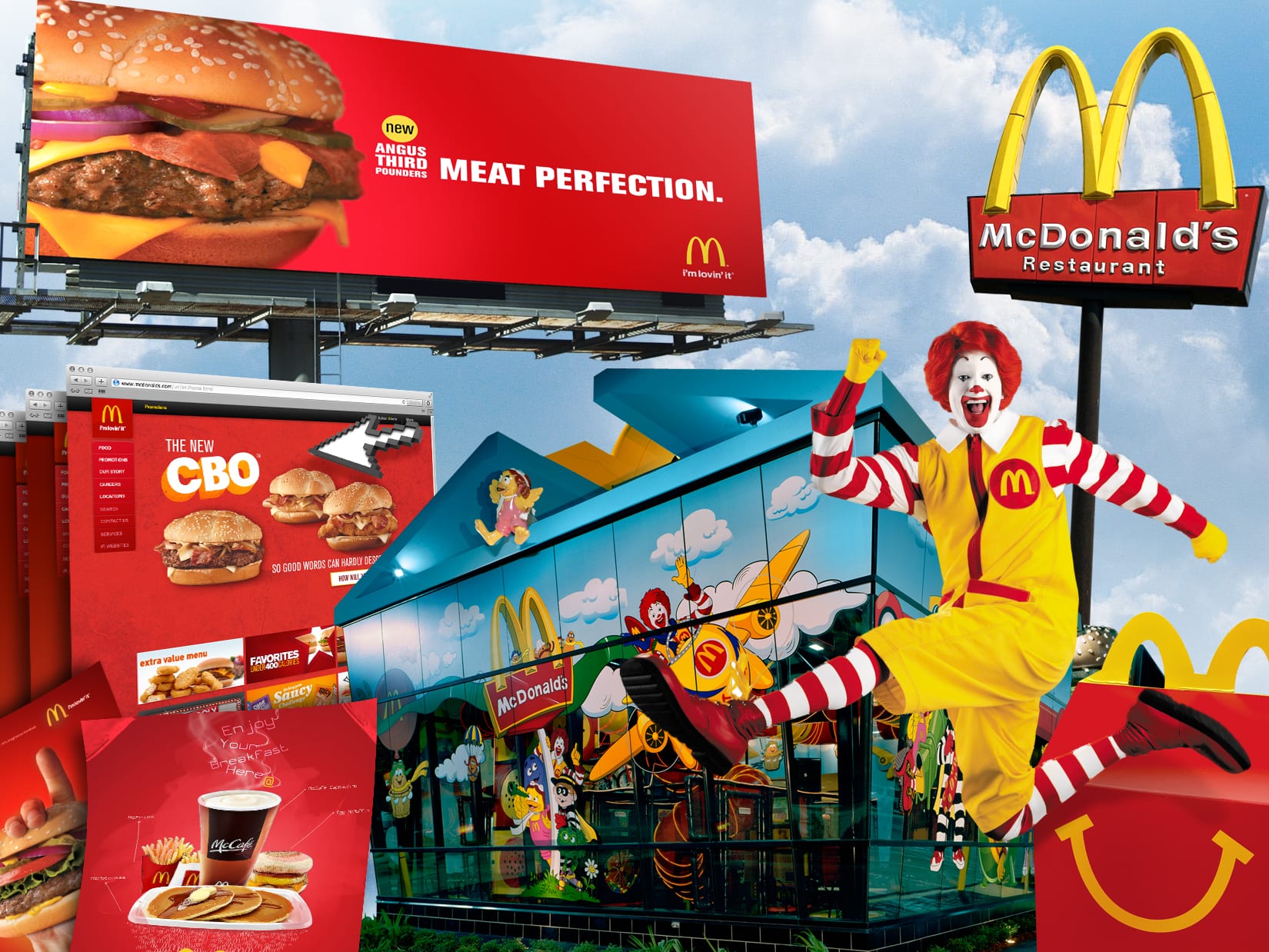Impulse buying is an unplanned decision to purchase goods or services whether we need them or not. Pre-pandemic, the average American spent $155.03 on unplanned purchases a month. Since the pandemic, that statistic has increased by 18%. Many factors subconsciously drive consumers to make impulse purchases. It’s important to understand the psychology behind impulse buying behaviors as well as the internal and external forces that directly influence consumers.
The Key Internal Triggers Behind Impulse Buying Behavior
There are a variety of unique behavioral factors that explain why humans are susceptible to impulse purchases. The top five internal impulse buying triggers include:
Emotion: Studies have shown that impulse purchases lead to feelings of positivity and happier moods because consumers buy items that make them feel good. Unplanned purchases can lead to instant gratification, which explains why consumers looking to enhance their mood (consciously or subconsciously) are more likely to make an impulse purchase. In one study, 72% of people stated that buying something impulsively during the pandemic affected their mood positively.
Hedonic Motivation: when consumers purchase or consume to reach enjoyment, fulfill a fantasy, or change their mood. For instance, purchasing candy at checkout is likely to enhance the shopper’s overall mood. Hedonic motivations result in more positive impulse purchases, unlike negative purchases that cause feelings of discontent with consumers (such as insurance or new tires). Some studies show that hedonic motivations have the greatest impact on consumer impulse buying behavior.
Utilitarian Motivation: when consumers impulsively purchase helpful, functional, or practical products (such as Chapstick or hand sanitizer). Utilitarian motivation makes up a large majority of impulse purchases. Unlike hedonic motivation, this type of trigger does not tend to bring about positive emotions—nor does it does lead to negative emotions. According to a recent survey, cleaning supplies were the top items Americans purchased impulsively during the pandemic, followed closely by hand sanitizer and toilet paper.
Traits: Individuals with impulsivity traits are more likely to be susceptible to impulse buying. People with sensation-seeking, variety seeking, and novelty seeking traits have a greater desire to seek out novel experiences, which can lead to unplanned purchases. Consumers with low amounts of self-control also are subconsciously driven towards unplanned purchases.
Norms: Consumers subconsciously create their own norms about impulse buying depending upon good or bad past experiences. If a shopper has previously had good experiences with impulse buys, s/he is more likely to internalize impulse buying as a positive behavior. Alternatively, if a shopper has had bad experiences with impulse purchases, they are more likely to internalize unplanned purchases as a negative behavior.
Interesting findings regarding gender: A 2019 survey debunked the myth that women spend more on impulse purchases. Though men and women tend to make different types of impulse purchases, the study found that both men and women partake in impulse buying at the same rate. The study found that men tended to spend more money on their impulse purchases, whereas women were more likely to experience a combination of both pleasure and guilt after an impulse buy.
Key External Variables That Affect Impulse Buying Behavior
Studies show that there are several external factors that impact impulse purchases, including:
Visual Merchandising: a method for designing and displaying goods and services in retail settings to engage consumers and increase sales. In-store displays, window displays, strategically developed floor plans, and the overall store appearance are examples of visual merchandizing. This study shows that a majority of consumers agreed with the following statement: “I believe that shelf placement and accessibility of products in a store urges me to impulse buy.” When low-priced items such as snacks, gum, and magazines are placed near the register, consumers are more likely to impulsively purchase those items. Additionally, goods that are placed eye-level on shelves are purchased more often. The strategic placement of specific products to catch the shopper’s eye at various points of the shopping experience is a standard way to drive impulse purchases.
Promotions: a subset of marketing stimuli that influence impulse buying behavior. Examples include “Free Shipping” and discounted items with sales verbiage such as “Buy 1, Get 1 Free” (or “BOGO,” as it trends today). Innately, humans have a fear of the future, which is why we would rather purchase something in the present day while we have the money to do so. Promotional value ads make shoppers feel as though they’re saving and getting a good deal that is only temporary, which lends to urgency and pushes consumers to take immediate action.
In-Store Shopping Environment: Factors such as music, color, and smell can subconsciously affect consumers’ desires for making unplanned purchases. The kind of music playing in a supermarket can result in consumers spending more time browsing, which may lead to impulse purchases. Other in-store environmental factors include a welcoming atmosphere, easy-to-find items, the variety of choices, fast payment options, quality products, and lighting. By implementing a clean, strategically decorated, pleasurable store environment, brands are more likely to increase the enjoyment of shoppers and lift their moods, amplifying the chance of impulse purchases.
How to Boost Impulse Buying Behavior
To boost sales through impulse purchases, it’s imperative to study the behaviors of the brand’s target audience and then enhance the organization’s in-store and online shopping experiences by catering to their preferences. Does your brand offer eye-catching visual merchandising and must-have promotions that evoke positive feelings in your ideal customers? Are the brand’s in-store and online shopping experiences welcoming and easy to navigate?
It’s a given that brand marketers need to understand who the brand is selling to in order to capture the target audiences’ interest. Marketers must act on those findings to generate sales. If the consumers gravitate towards specific products, place those items in easy-to-find places. Ensure that stores are attractive and appealing so that the brand draws in customers, and that their positive experiences lead to repeat visits. To recap, examples of harnessing the power of key external variables include running weekend promotions to entice buyers to purchase multiple products or visit stores, placing important items on shelves at eye-level, and creating the right ambiance for the consumer.
For online impulse purchases, ensure that the website is easy-to-navigate and attractive. Promotions should be timely, desirable, and easy for consumers to take advantage of (for example, ensure promo codes are valid and simple to enter). PPC and paid social ads are a great tool to get audiences to buy products on a whim. 71% of consumers say that they plan to continue the increased rate of online shopping after the pandemic ends, so it’s important to put as much focus on the online experience as it is the in-store experience. To pivot organizations online, strategically enhance the complete shopping experience to drive sales and increase customer retention.
How We Help
We are the experts in the art and science of company branding. We excel in crafting visual communications for your brand. With alluring messaging, stylish design, and cohesive customer experience strategies, we create unified, experience-driven marketing collateral and branding appeal that increases impulse purchases for your organization. Schedule your free 30-minute introduction meeting with us today to learn more about our capabilities.



